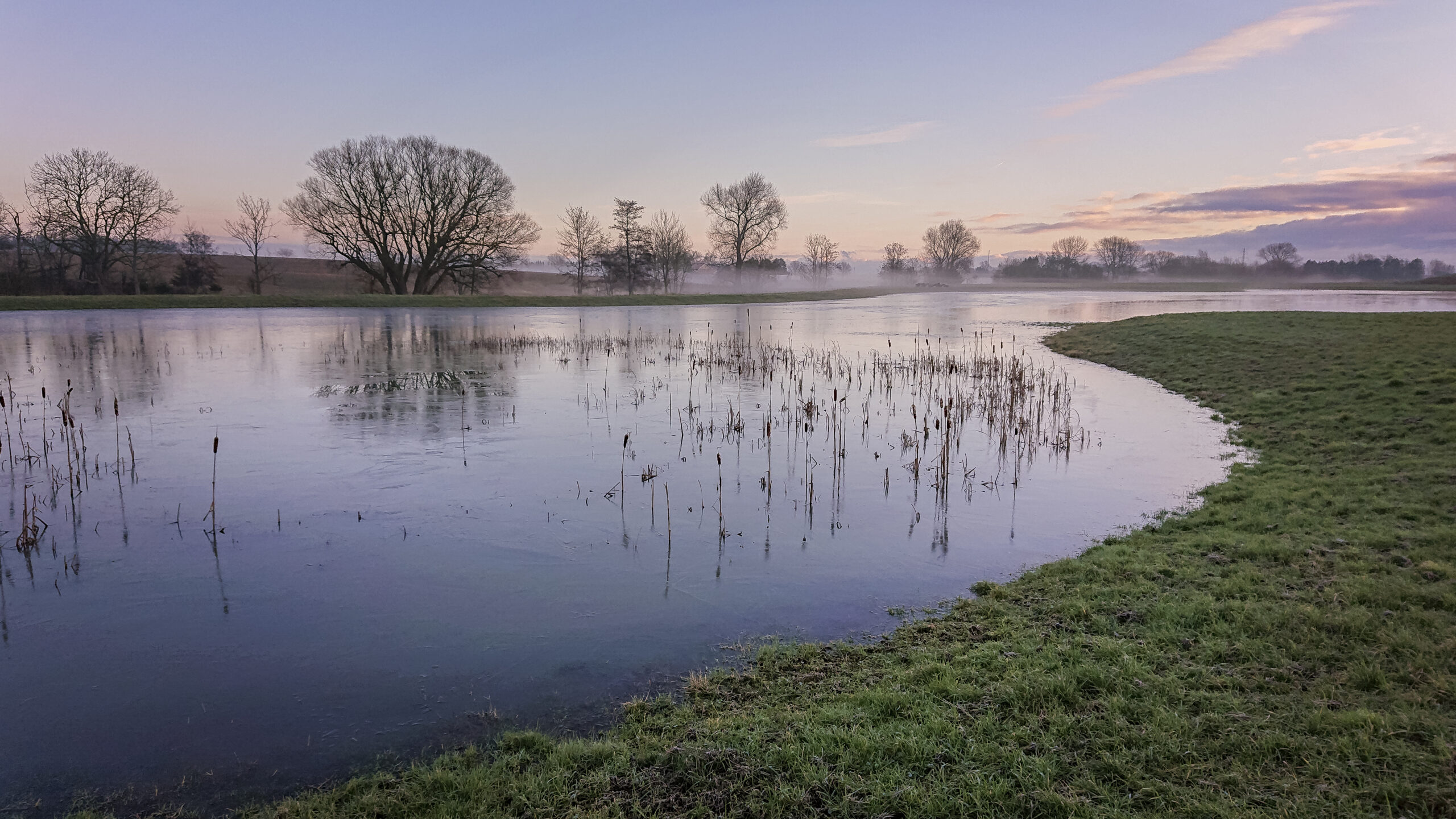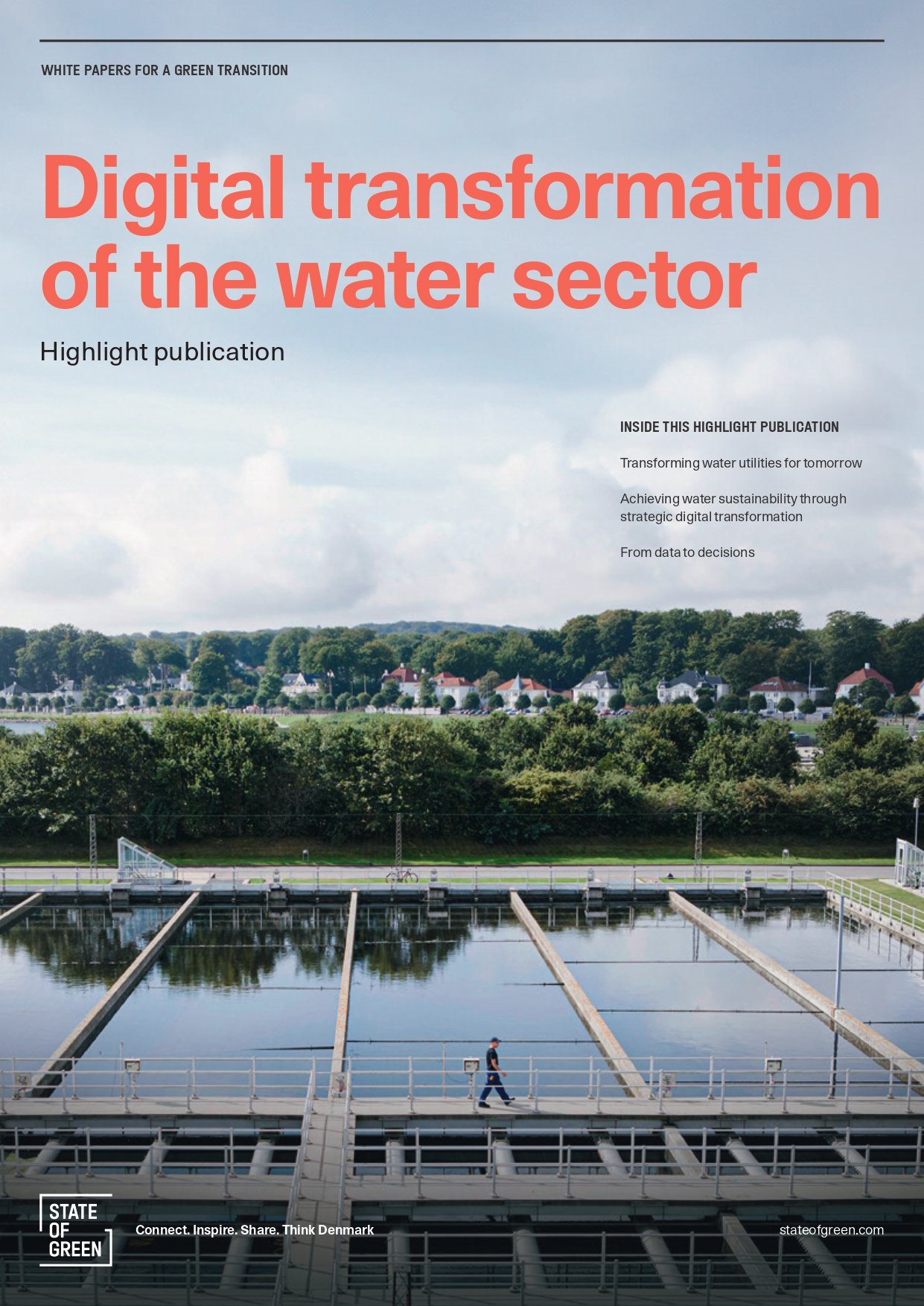News
Urban water management
Wastewater management
Water resource management
+1
Danish Water Technology to Ensure Drinking Water Quality in Chinese City


Various mayors and councillors have regularly visited Harbin in recent years, a gesture returned in kind by the city's Chinese twin town. Consequently, close personal relationships have been forged at the highest political level and used to pave the way for collaboration between Danish and Chinese businesses and academic institutions, and to open the door for potential customers. The ultimate aim is to promote the export of Danish products on the Chinese market and to attract investment to Denmark.
Aarhus mayor, Jacob Bundsgaard, says:
"China represents enormous potential for Danish industry - especially within the fields of climate and environmental protection - and East Jutland has world-class companies in those fields, able to help the Chinese to tackle their big problems. We need to make the most of the opportunities presented to us, and make use of the links forged with senior executives in Harbin. By opening the doors for Danish businesses in China, we can hopefully create the conditions for further growth and development in Denmark."
Challenges
In addition to being the provincial capital of the Heilongjiang Province in north-eastern China, Harbin is also Aarhus' twin town. It currently receives its drinking water from the Mopanshan reservoir in the hills about 180 kilometres from the city. The water is pumped in two giant pipelines to a purification plant in the city centre and then distributed to the end-users.
Harbin's local water department, the Harbin Water Affairs Bureau, takes water samples for laboratory analysis, but the Chinese want more efficient on-line real-time monitoring of the reservoir, to prevent delays in receiving data caused by the sample-taking and laboratory procedures.
The data from the new Danish metering station will be gathered and analysed in DIMS, a program developed by DHI and already in use in Aarhus at similar metering stations in Aarhus river and the Viby purification plant, and for controlling the city's other purification plants and sewers. DHI will also supply a software system that visualises data measured in real-time, so that the Chinese engineers can monitor water quality in the reservoir without having to leave Harbin.
Relationships are vital
The negotiations before the contract was signed took some time, and are an example of how the city authorities have actively cultivated a close relationship with their counterparts in Harbin for over 30 years, always moving in an ever more business-oriented direction.
The contract was finally signed in early January in the presence of the 1st Deputy Mayor of the City of Aarhus, Anne Nygaard (B), leader of the official delegation in Harbin.
"During my visit, It was evident that Aarhus has built up an excellent partnership with Harbin that can be exploited commercially," says Nygaard. "Close relationships are key when doing business with China. And I believe that this contract is an excellent example of how the close links forged over the years between the two cities can be used and yield tangible results."















